Veterinary public health alumni support COVID-19 response
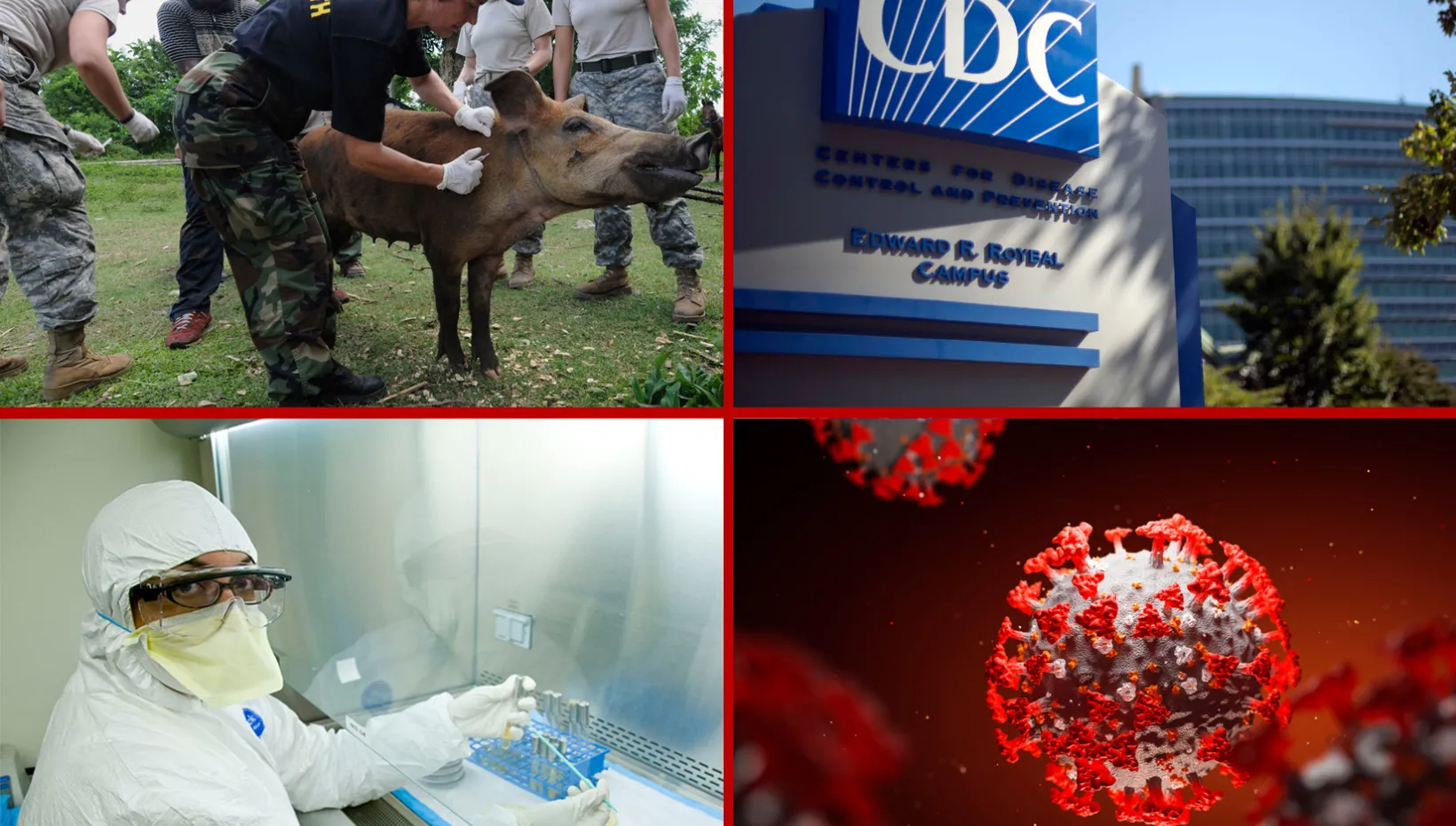
Article by: Denise Blough and Allison Burk
Originally Published
Never has the interface of human health and animal health been so important. COVID-19’s origin in bats illustrates with alarming clarity that emerging zoonotic diseases — diseases that can move between animals and humans — are among the most serious public health threats of our time.
The Centers for Disease Control and Prevention estimates that more than six out of 10 infectious diseases can spread to people from animals. From West Nile virus and rabies to foodborne bacteria, such as salmonella and E. coli, pathogens jump boundaries with relative ease. Climate change and habitat loss add to these spillover effects.
The Veterinary Public Health specialization within the Master of Public Health program (MPH-VPH) at The Ohio State University provides students with the skills to serve as worldwide leaders in zoonotic diseases. The program produces a wide range of experts including food safety microbiologists, epidemiologists, virologists and parasitologists.
“Public health experts have been on the front lines of the COVID-19 response, including those who trained through the Veterinary Public Health program,” said Dr. Armando Hoet, director of the MPH-VPH program. “These alumni have led and supported work that has saved lives throughout the pandemic.”
Alumni have fought the spread of COVID-19 through diverse roles in state and federal agencies, non-governmental organizations, industry and agribusiness. Here are some of their stories.
Preparing for a national emergency
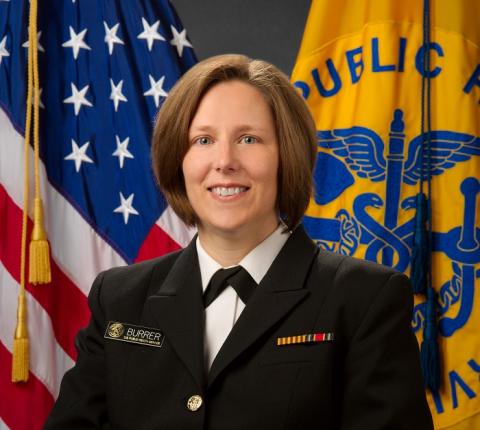
Now a seasoned public health professional, Sherry Burrer, DVM ’97 MPH-VPH ’08, began her career as a veterinarian in small animal practice. Today, her job as a senior epidemiologist in the Emergency Preparedness and Response Office at the CDC’s National Institute for Occupational Safety and Health (NIOSH) includes addressing hazards faced by workers responding to disasters such as hurricanes and infectious disease outbreaks.
In early 2020, Burrer was quickly deployed to a quarantine station at John F. Kennedy International Airport as a COVID-19 screener for people arriving from China. She was subsequently assigned deputy lead for the Health Systems and Worker Safety Task Force within the CDC emergency operation center. In this role, she’s been first in line to staff various COVID-19 response teams, creating guidance and providing technical assistance.
Burrer’s career has also included helping the CDC plan for MERS and influenza outbreaks, fighting Ebola in Liberia and serving as a senior veterinary officer and commander in the U.S. Public Health Service — none of which would’ve transpired without her MPH-VPH, she said.
“That place where people and the environment and animals meet — it’s not always taken into consideration when looking at a problem,” Burrer said. “Veterinary public health allows us to look at situations from a more holistic view.”
Pets and shelter medicine during a pandemic
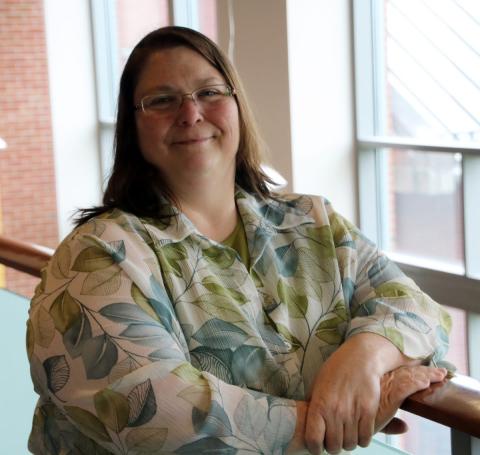
Jeanette O’Quin DVM ’93, MPH-VPH ’11, quickly got involved at a national level when COVID-19 hit, providing support to universities throughout the country as they worked to manage their shelter medicine programs during a time when the surrender of animals became more complex.
O’Quin, an assistant professor in the Department of Veterinary Preventive Medicine at Ohio State’s College of Veterinary Medicine, is an expert in animal sheltering and veterinary public health, specifically in infectious disease control and management.
During the pandemic, she has consulted with shelter medicine programs at peer universities to develop guidance to prevent
the surrender of animals out of fear for zoonotic disease, for shelters receiving animals from homes where people had COVID-19 infections and for responders working to safely remove pets from homes where COVID-19 patients were too sick to care for their animals.
O’Quin was part of a consortium of university experts who met regularly with the American Society for the Prevention of Cruelty to Animals (ASPCA), the CDC and the National Animal Control Association to get appropriate messaging to the public.
“Initially there was a lot of information out for humans, but there was nothing out there for animal response and the proper handling of animals,” O’Quin said. “It was critical to streamline that information and make sure it all aligned. We didn’t want the public to be fearful of unnecessary things concerning their animals.”
From clinical practice to protecting meat and poultry workers for the CDC
When COVID-19 cases started rising among the meat and poultry industry workforce, states started calling on the CDC for help.
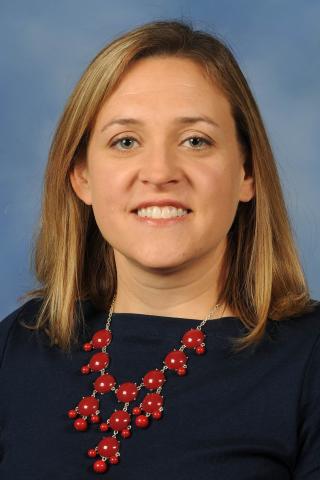
The National Institute for Occupational Safety and Health (NIOSH) turned to their field workers and realized those with a MPH-VPH had a deep understanding of how meat processing facilities worked.
Among the experts they looked to was Suzanne Tomasi, an expert in meat and poultry processing and food safety. Tomasi DVM ’13 MPH-VPH ’15, spent eight years as a veterinary medicine practitioner before returning to Ohio State to pursue her Master of Public Health. After graduation, she began her career with NIOSH, spending the first two years as an epidemic intelligence service officer and as an epidemiologist since then.
“Any of us that were veterinarians within NIOSH were tagged and deployed to deliver guidance for meat processing facilities on how employers could protect their customers as well as their employees, minimizing the spread within the plant. That also led to projects focused
on COVID-19 impacts on transit workers providing this essential service,” Tomasi said.
Her primary role prior to COVID-19 was fieldwork. She looked into employee or union concerns or hazards in the workplace. Using both epidemiology and industrial hygiene skills, Tomasi recommended strategies to mitigate that hazard or concern.
Although navigating the COVID-19 pandemic has been challenging, Tomasi emphasized that it has been extremely rewarding.
“I really feel like I'm getting to use my MPH-VPH degree and my training right now to help people. I truly feel like I’m making a difference in the world.”
Preparing for a local emergency
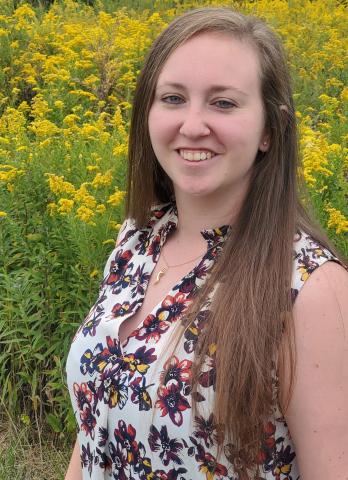
Eva Wollerman MPH-VPH ’16, has been applying her veterinary public health foundation to the COVID-19 pandemic as an emergency preparedness supervisor at Franklin County Public Health. When the coronavirus hit, she was named planning section chief of the health department’s integration into the Incident Command System, a tool that allows agencies to organize and communicate with one another in an emergency.
“My team has a comprehensive understanding of this system and how different units in our agency should respond,” Wollerman said. “We are the behind-the-scenes work of this response, organizing and keeping documentation.”
Originally a pre-vet student with majors in equine riding and training and equine business at the University of Findlay, veterinary school was always at the forefront of Wollerman’s mind. That all changed when she attended a presentation by Hoet, director of the MPH-VPH program.
“I was really interested in the biosecurity aspect,” Wollerman said.
“I realized I’m a natural planner, and in emerging infectious diseases and emergency preparedness, there’s always going to be something to plan for,” she said. “The VPH program gave me the details for thinking outside the box and laid the foundation for my career.”
Wollerman’s non-pandemic job duties include managing programs for public health emergency preparedness and city readiness.
At the end of the day, “COVID-19 is an important reminder of the health threats that may arise at the human-animal interface,” Hoet said. “We are constantly learning from our alumni so we can further expand and improve the program.”
Learn more about other MPH-VPH alumni and their roles in COVID-19 response.